

Move over Aristotle. It seems crazy that the Ancient Greek philosopher’s 2000-year-old idea of what makes a good story still holds today. We asked seven creatives, ranging from the worlds of food and film, podcasts and photography - including the likes of Hiro Murai, Cait Oppermann and Olimpia Zagnoli - to rethink what makes a good story in 2019.
Illustrations by Melissa Jarram.
Aristotle is considered “the last man who knew everything” and so, despite the passing of so much time, his formula hasn’t really been tinkered with. His seven elements – plot, theme, character, dialogue, décor, rhythm, and spectacle – formulated through his study of Greek theater, still form the backbone of what we read, watch and listen to today.
But the world is a completely different place thanks to time and, mostly, to the internet. Today stories are told and consumed relentlessly, every minute of every day, from binge TV to political podcasts to video albums. We protest, celebrate and mourn by telling stories.
And then there's the greatest stage of all, social media, where we play the lead character in a carefully constructed story of our own life with god-like control over all the elements – dialogue (comments), décor (succulents), spectacle (selfies in bikinis).
Where storytelling was an event back in Aristotle’s time, now it’s a way of life. And so it seems we should reevaluate what it takes to tell a good one, and, while we’re at it, who gets to decide that.
We know the quantity of stories in the world has changed, but have the rules? In asking some of today’s best storytellers to break down this ancient formula block-by-block, we set the stage to redefine what it takes to tell a good one.

Hiro Murai on Plot
Hiro Murai is a Tokyo-born, Los Angeles-based filmmaker who got his start in music videos for artists like Childish Gambino, Flying Lotus, Bloc Party, and Queens of the Stone Age. He directed multiple episodes of FX’s Atlanta, a collaboration with Donald Glover, which won several Golden Globe and Emmy Awards.

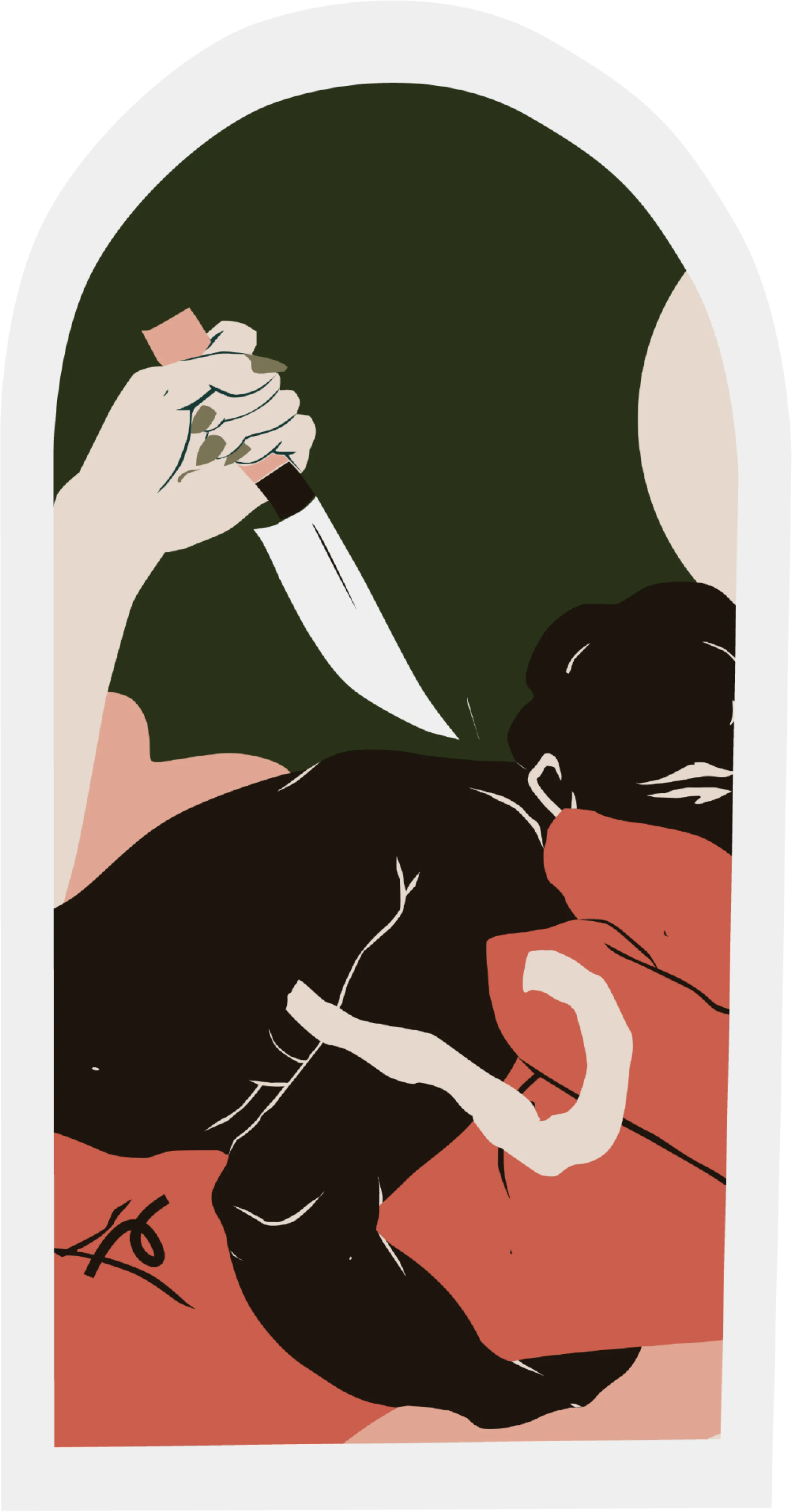
Personally, I like plot as a sort of passive element that takes you into the more experiential, emotional parts of storytelling. I see it as the thing that kind of pulls you through the story, a new perspective or idea that hooks the viewer enough to stick around for the ride. I worked in music videos for a long time, and I always thought of it like this – what can I do to get someone to make it to the first chorus?
When I hear a song I’ve been asked to make a video for, usually the thing that pops out at me is some abstract emotion. It's never a clean cut effect, never just “the chorus makes me happy,” or “the bridge makes me sad." It's usually kind of a mixture of emotions. Maybe there's a little bit of optimism, but it's also sort of melancholic. It's usually a weird mish-mash of some feelings.
I usually hook on to one tiny element of the song. That part that I'm drawn to I just try to embellish and build either a narrative or a structure around it. The music video is definitely its own thing; I like to think of the video as a sort of counter-melody, or something that grabs onto the song.
With Donald Glover, who I've worked with for six years now, he'll often be thinking about the visuals, and the “frame” around the song. Sometimes he'll send me a song and be like, "Hey, I keep thinking about this image, or when it changes from the verse to the hook it gives you this feeling." And then I'll just work off of that.
We look at plot as a kind of path that takes you from moment to moment.
I think Donald and I have a similar perspective on plot. Especially in Atlanta, it's sort of a collection of moments. It's not really built to crescendo into anything. And I think we look at plot again as a kind of path that takes you from moment to moment. Really, we're interested in the minutiae of, say, being in a smoked out living room of a rapper in Atlanta. I like the feeling of not being sure which way it's going to fall. And I think that feeling of ambiguity and uncertainty is, not only what we're chasing in the show, but also a theme for the whole theory too.
Aristotle’s belief is that plot is always a change in fortune. I mean that's talking about dynamics, right? I think a lot of times in life it's not just, “Oh, it's good fortune and then it goes into bad fortune.” It's sometimes a mix of both. I think with the internet now, you get to look at things from a million perspectives, for better or worse. A lot of times for worse. I think it's hard to just look at your life in a binary now.
I moved to LA when I was nine. I remember seeing a lot of movies without being able to read the subtitles. And though I could take in the rhythm of the story, and part of the emotional things of the story, I couldn't understand the specifics. But there was something kind of cool about being able to take a story and that sort of abstract, rhythmic, emotional vein and somehow understand a lot of it. As this Japanese immigrant kid I could watch Cool Runnings, and understand exactly what the story is about, even though I had no idea what bobsledding was or where Jamaica was on the planet.
My parents watch Atlanta and I don't think they understand most of the dialogue. But I think they still understand the emotional core, and the arc of the story. I was really interested to talk to them about what they catch, and what they think about individual episodes. It's really interesting to see what of the story gets translated simply through the emotional experience.
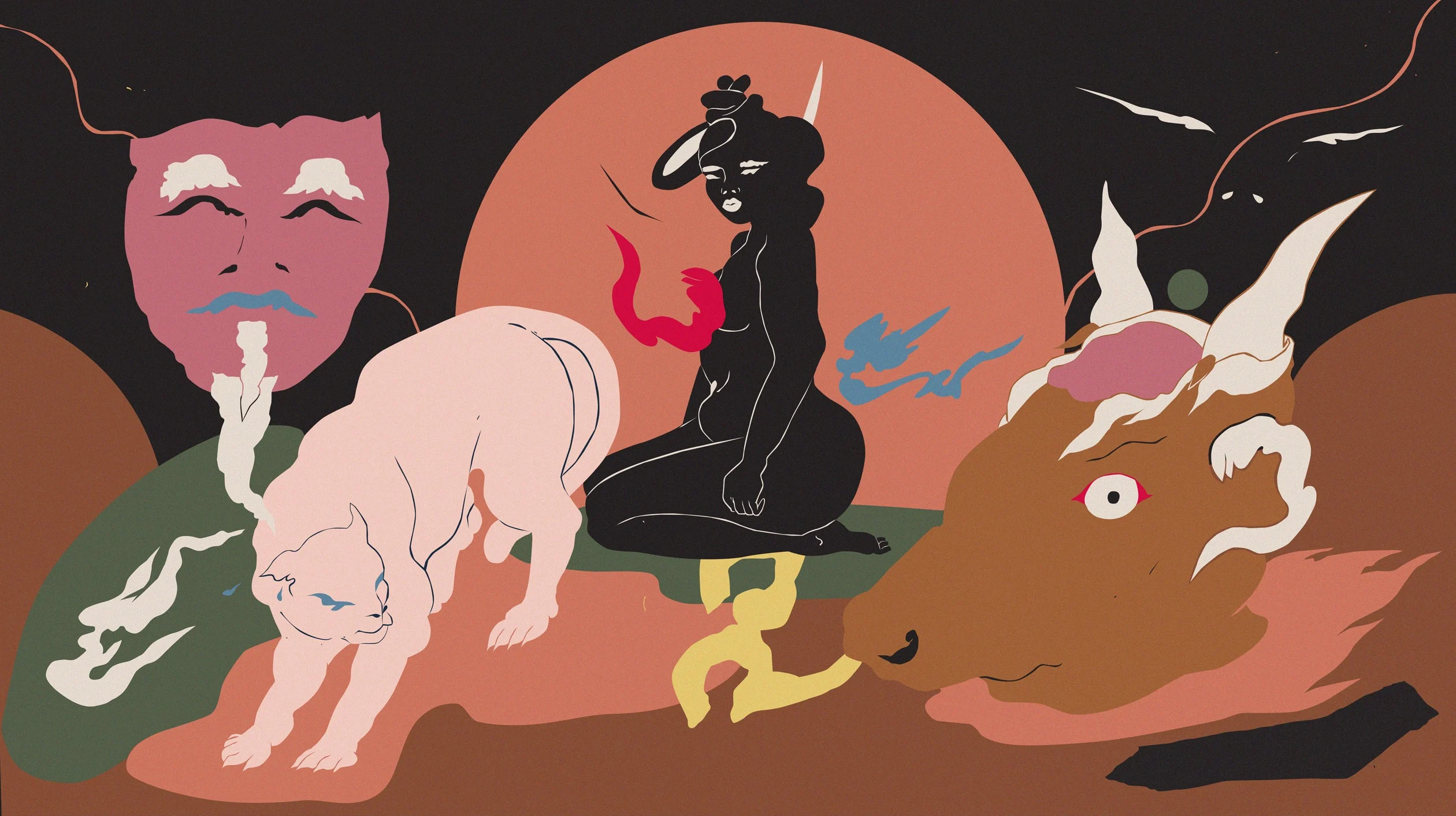
Cait Oppermann on Character
Cait Oppermann is a Kansas City-born, Brooklyn-based photographer who, at this very moment, is probably on an airplane somewhere. Blurring the line between documentary and fine art, Cait has worked for clients from Nike and Google to The New Yorker and Bloomberg Businessweek.

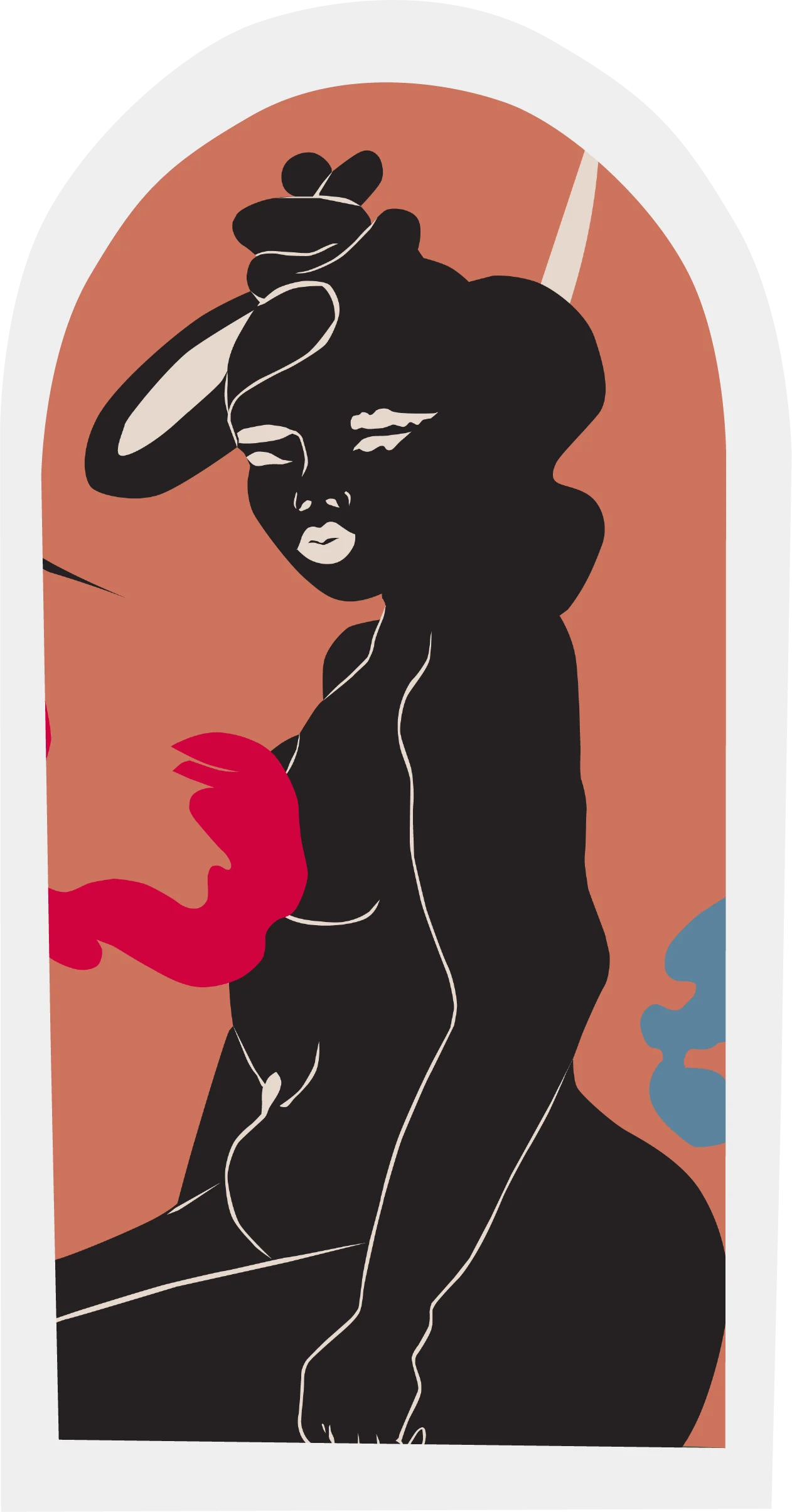
For me, “characters” are the narrative glue that give us context and meaning for the stories we follow. A two-hour marathon means nothing without the people working to achieve it, it’s a human story about human potential and the characters are at the core of it. Humans are so complex and yet so simple at the same time, that’s what makes us interesting. Our relationships with each other are simple and complicated all at once. That balance is interesting to me. There’s a basic human need in every story, whether heavy or light-hearted, and I can pick it out in every shoot I’ve ever done. There’s a bit of conflict in everything.
I'm interested in people who are experts in something. Once you get someone talking about something they know a lot about or are excited about, you can kind of start to build a bridge to another part of them. I think that’s when a “character” is formed for me. I think you have to break a little seal and the pictures start to have a bit more life, a bit more “character.”
There’s a basic human need in every story, whether heavy or light-hearted.
Photography is a complicated form of storytelling, though I suppose all storytelling is complicated because you have to think about the storyteller. Who is the storyteller? Why are they telling the story? What stake do they have in the story? I always have a stake somehow whether I’m aware of what it is or not because of who I am, where I come from, my privilege, my struggles. I suppose photography is my chosen form of storytelling because I personally like to see all of the details around a character. I like to see the room, the furniture, the people, the magazines on the coffee table, the color of the dirt. It’s a selective view because the viewer has no say in what is revealed and what is not, but that’s the beauty of storytelling.
I get a lot of assignments where I'm allowed free rein to shoot how I want, both literally and figuratively zoom in and out of something. I think I like the minute details and I like these sweeping views that kind of give you a sense of a place or thing or event. Some of my favorite shoots that I've ever done, have these different like changes in scale. Time is so important, having room to breathe within a subject I’m shooting. I always give myself more time than I think I need, just because you never know where a story is going to go or where a character is going to steal your attention for a little bit.

Carmen Maria Machado on Theme
Carmen Maria Machado is a short story writer, essayist and critic published in The New Yorker, The New York Times, Granta, Harper’s Bazaar among others. Carmen’s debut short story collection, Her Body and Other Parties, was a finalist for the National Book Award, the Kirkus Prize, The LA Times Book Prize, and many more. Her debut memoir, In the Dream House, comes out in November 2019.

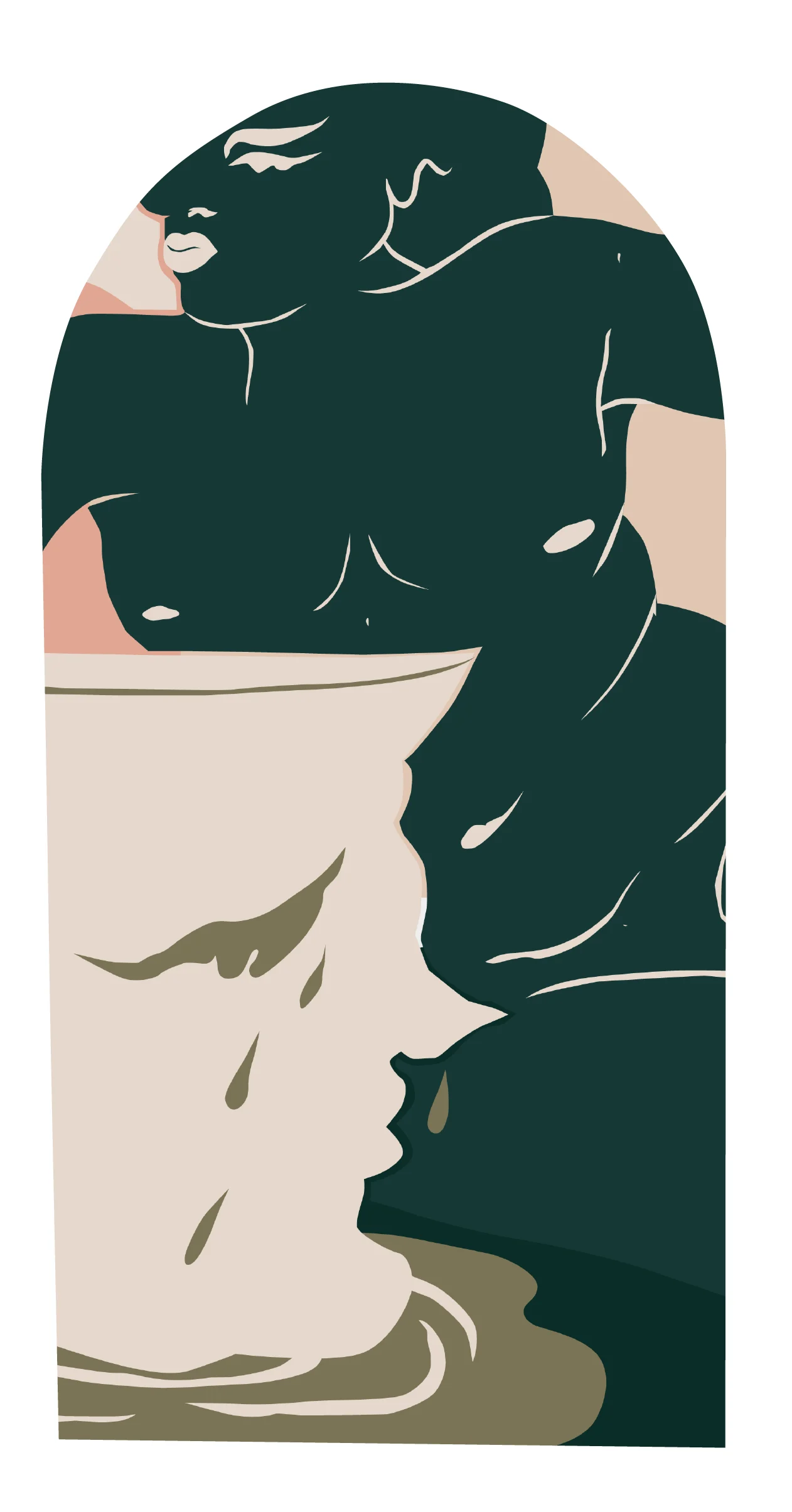
Oftentimes people will come to me and they'll say, "Oh, I read your book and I noticed that you do this thing that runs throughout the book." And, except for a few things I'm super-conscious of – I knew from the start that I wanted to write about women's bodies and violence against them – a lot of what I have in the book I didn't put in there intentionally. That doesn’t mean that it's not a theme; it just means that it's not one I was super-conscious of putting in the book.
I think a lot of readers really struggle with the idea that a writer can write a piece of writing, and the writing is bigger and stranger than they are, and that it exists in this other space. It's all very woo-woo, which I’m not normally, but it’s this idea that you're just activating your subconscious, and your subconscious has themes. You have themes in your mind, your day has themes, your life has themes, decades of your life have themes, a year might have a theme.
Themes just run through everything that you do, your identity and everything that you are. When it comes to art, you're pouring out all of the internal space that's been shaped by all these themes. I think we get really fixated on symbolism, like, "Did you put this thing in this scene to do this thing?" Sometimes it's just about honoring your subconscious.
I'm interested in women's bodies because I am a woman and I have a body, and I live in a world where women's bodies are devalued and treated really badly, and so it's something that's on my mind. People often think that themes are tricks; that you buried some kind of acorn in the text and they have to root it out and if they don't, then they failed.
In thinking about it more holistically, this is just what is on my mind, this is what I can't stop thinking about. This is why writers often write the same story over and over. A lot of the really famous writers I can see chewing over an idea, and they'll write multiple books, or multiple stories or poems or whatever and that's what's happening: you're just trying to make sense of this theme of your life, because even though real life is not a novel, it still has themes, it still has these running elements to it that you have to identify and get out.
Theme is just an idea or a question that runs like a vein through whatever the thing is. It invites interrogation, it invites this engagement.
Theme is an idea or a question that runs like a vein through whatever the thing is.

Samin Nosrat on Dialogue
Samin Nosrat is a chef, food writer, and TV host. Her James Beard Award-winning cookbook Salt, Fat, Acid, Heat was turned into a Netflix four-part documentary series which she hosts. She’s a regular food columnist for The New York Times Magazine and is working on her second cookbook What to Cook.


Food stopped being only about food just a few years into my cooking career when I really started to see it as a way to connect with people. And the beauty of food as a medium is that everybody eats, everybody has a relationship to food, a very personal relationship.
It’s related to where we come from, our families, what we were fed as children. And there's a lot of our identity that's reflected in it, where our parents come from, and what you like and what you don't like. In the most visceral sense, one of the most intimate things we do every day is eat.
And so it's a wonderful way into conversation with anyone. And I can go very quickly, very deeply, into a personal conversation with somebody in a way that’s difficult with other topics.
I view everything that I do, fundamentally, as storytelling and food is just one of my mediums. And it's a really beautiful one. Honestly, I don't actually care so much about what's on the plate. I care about where it came from. What's the story of the people who grew this? Where did the seeds come from? How far did these ingredients have to travel? What's the story of this Parmesan cheese that met all the necessary rules to be called Parmesan? You know there are so many rules to making proper Parmesan that the dairy must follow, for example, the time of day that the cows are milked, the time of day that the milk is stirred.
Those are all stories. And so for me, if I can get you on a visceral, sensual level by getting you to taste something, I feel very moved by that. Then you ask me “What's that?” And that little question allows me to tell you the whole story of how this food happened. Can I use food to share a story about identity or immigration or grief or joy? There's always a way.
The ingredients of a dish are in dialogue with each other.
And in another way, the ingredients of a dish are in dialogue with each other, too. As a young cook when it was dawning on me that these four elements – salt, fat, acid, and heat – are the four basic universal elements of good cooking, I started to see that day after day in the kitchen, no matter what we were cooking, that these were the points on our compass. They were always in conversation with each other. They all affect each other.
They exist in such synergy, if you just have your fat right, your food's not going to taste good. All four have to be right and they affect and relate to one another the whole time you're cooking and the whole time you're eating. It's sort of like music. You can't start by learning “music,” right? You have to start by learning the notes. You can't just all of a sudden know how to put together all the beautiful chords into a beautiful song. But once you have the individual notes down, you can make anything, you know? Those notes are the salt and the fat and the acid and the heat.
Each one of them plays a really important role in cooking. And they are individually really important and necessary to understand and to be able to use. But also, knowing how they relate to one another makes a really big difference.
Once you have these four things, they can lead you to something that’s just wonderful. But you do need to know how they work and you need to know how they interact. Say if your taco is a little bit too rich, you would squeeze some lime on top, right? To balance out and brighten. That’s a way they speak to one another. But you can't understand that until you understand what each of them does.

Hrishikesh Hirway on Rhythm
Hrishikesh Hirway is a musician, a composer and the founder and producer of the podcast Song Exploder in which musicians take apart their songs piece by piece, and tell the story of how they were made. He also co-hosts The West Wing Weekly which dissects every episode of the award-winning White House drama.


The musical part of a story is, at some level, universally understood. You don't even have to speak the same language as someone, but if you hear their music you can still get something from it, feel some emotion, or get some understanding. So if in Song Exploder an artist is talking about something that's technically a little bit ahead of you, you’re still gonna end up getting it because by the time the music that goes along with it comes in, it's in a land that will make sense on some level.
I think of it like food, actually. You get deep into the dish and it's like, wow, what a delicious thing, and I can tell that it's complicated and it's really good. But it's not the same as when you individually try all the different ingredients that went into it. Tasting them individually, you can’t tell what those ingredients actually do to the thing overall. But then as you eat the finished dish, you can taste that there's some magic that happens once you put them all together – how they interact, how pushing one ingredient changes it this way, pushing another changes it that way.
The real heavy stroke is this, and what I love, the thing that I have done throughout my whole life: when there's something in the song that I really love, I will try and get my friends to pay attention to it. I'll be like, “Did you hear that little sound?” Turning up the volume, getting everybody to lean in and look into the thing.
But rhythm in general – in storytelling, in living your life – is the same, really. It moves us along.
Simplicity is something I'm always trying to forge. How do you hammer out this to be a flat sheet of metal so that you can just understand what's going on? Cause a song is complicated and nuanced and detailed and – I don't know – self-contradicting. I'm trying to do as little as I can to adorn the thing because if I can present it in a way that feels matter-of-fact and kind of minimalist, then you can kind of absorb the thing a lot more. You can pay a lot more attention to it. It's like an art gallery kind of format. Song Exploder is supposed to be a white room with white walls and high ceilings.
I really think of this exchange between the seeker and the music as being the real taste of the show. I want it to feel like there is momentum. There's a really simple promise in an episode, which is: you're going to hear how the song is made and then you hear the song. Hearing the song is the ultimate fulfillment of this process of the story, and I'm always trying to move one step closer to that with each piece. So I'm introducing the layers of the song and the different layers of the idea that went into it.
It's easy to follow chronology: I did this, and then I did this, and then I did this. The "and then I" part of it feels like a rhythm that's building towards something. It takes the listener on a journey of how this song was made. But rhythm in general – in storytelling, in living your life – is the same, really. It moves us along.
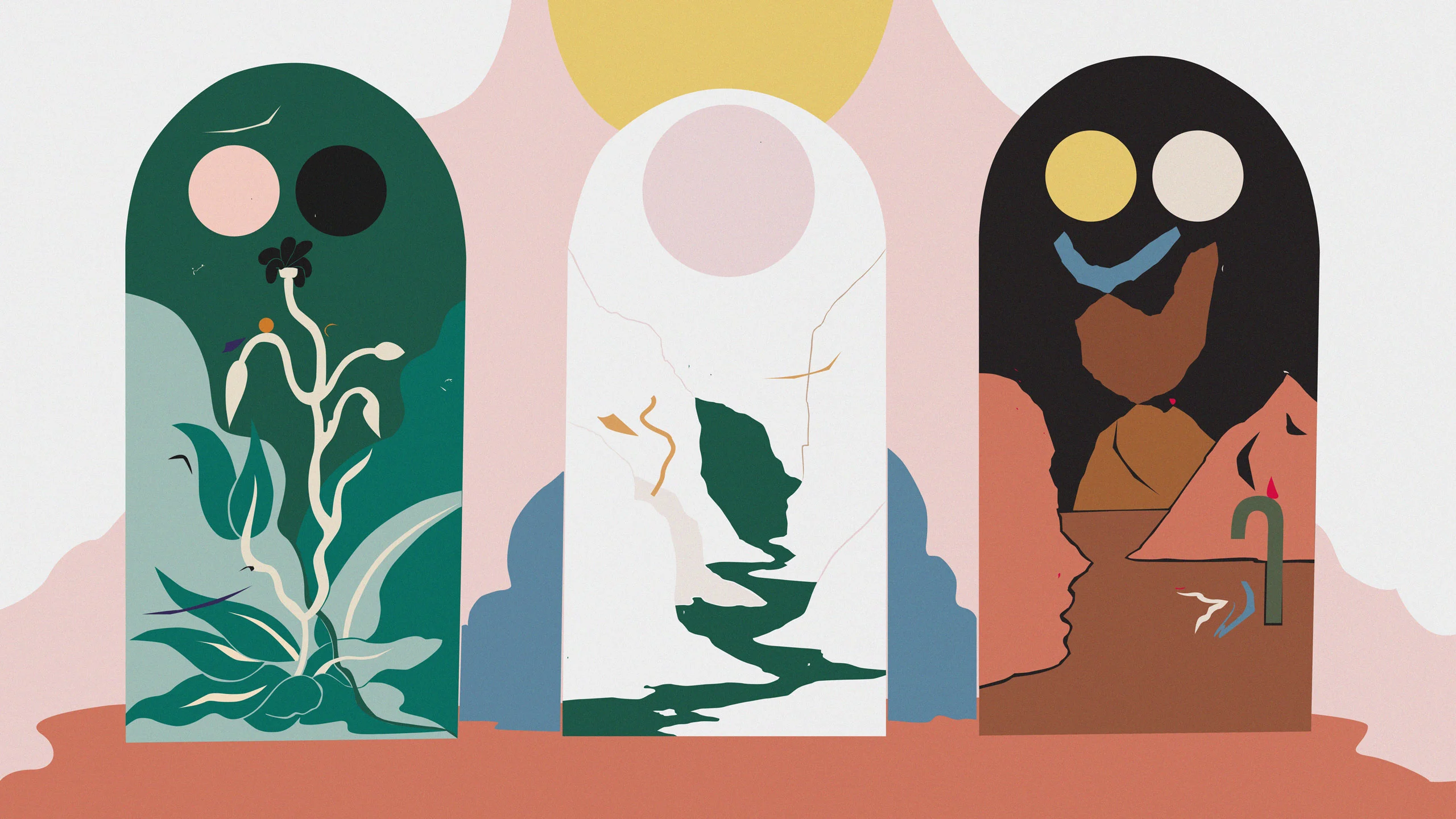
Olimpia Zagnoli on Decor
Olimpia Zagnoli is a Milan-based illustrator working across editorial, fine art, advertising and fashion for clients ranging from The New York Times, The New Yorker, The Guggenheim, Prada, Hermes. Her style is bold and colorful, drawing on art history and pop culture.

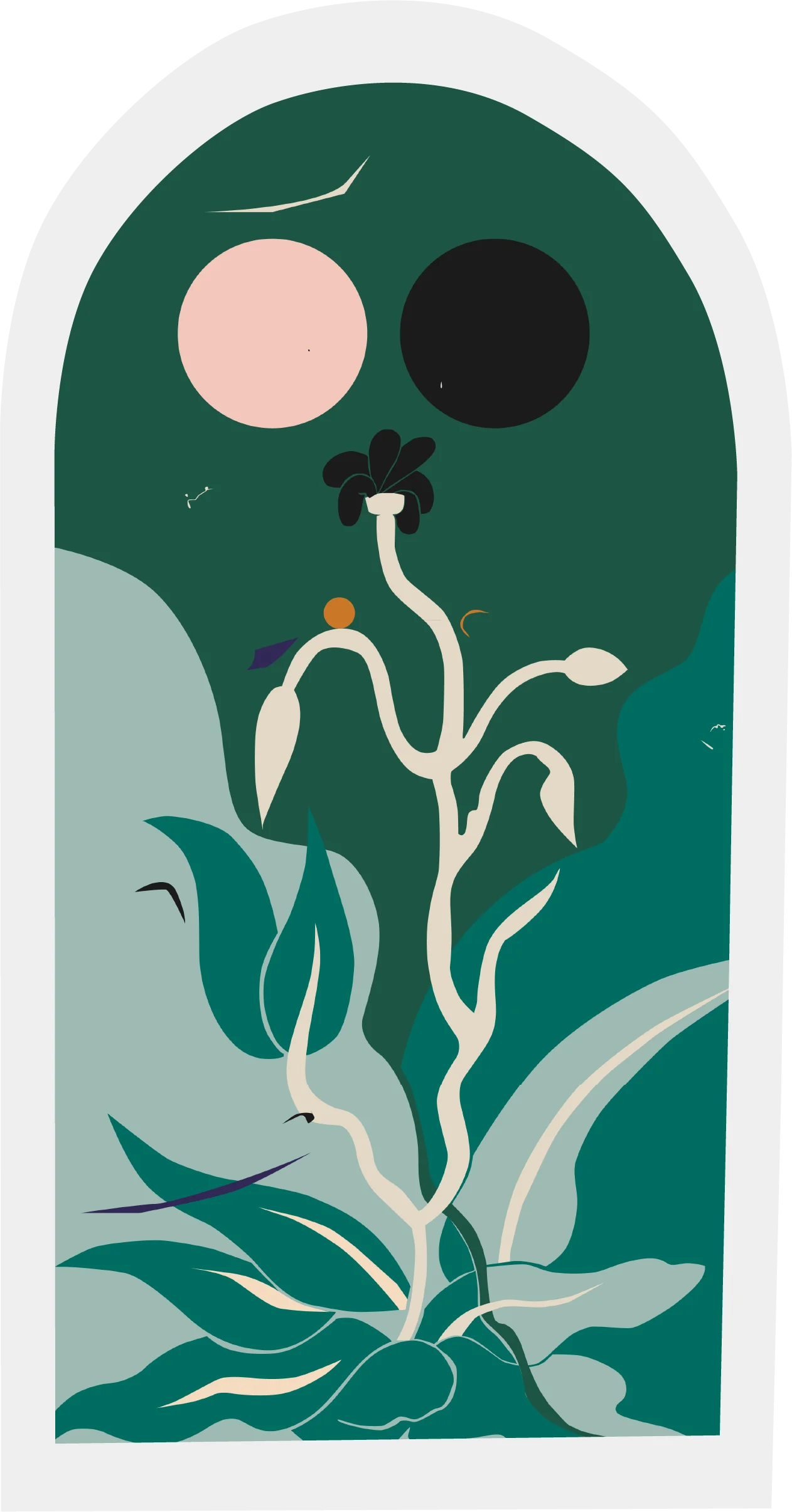
Aristotle’s definition of decor was meant for the theater – it was set design, the look of the world that the play takes place in. I am also building environments for stories to take place in, except these stories usually play out on a page. What I try to achieve is a subtraction of all the elements of the text. There is so much information in the words, but they can also be physical. You can lead a reader into smells and colors and light. I don’t want to simply retell the story in my art, but to synthesize the impression I got from it.
I guess the world that I build for the story to live in is really just another way to look at that story. It's my way of telling my own story inside somebody else's.
My work looks very simple, you know? And everybody says, “less is more” which is obviously a great motto. But sometimes you see a lot of stuff that is not just simple, it’s just less. Like they took a shortcut. Good minimalism takes great effort. When you look at the graphic designers and illustrators from the 1950s or 60s, they were able to do something that looks so simple. But inside any of those projects, there's so much behind each one, so much work and so much research and so much thought.
So I get something to read – a text, or an article for example – that I’m going to illustrate. I go through it and then I try to think of what shape it could take, what is the visual suggestion that the text gives me, and how do I translate that into an image?
The world that I build for the story to live in is really just another way to look at that story.
I always try to give my own honest vision. And sometimes it's also a language I’ve created, in my case mostly on computers, that's very bold and pop in terms of colors. I always try to stay very connected to my own research, my studies, and the feeling I get from the work I am building out this environment for.
And then there's the refining part of it, which I think is the most interesting in a sense because it's less technical and more about choices – in terms of shapes or colors for sure, but also in terms of what you want to represent into your work, what represents the story. It's a moment I care a lot about.
That's the moment where the responsibility of being a visual communicator comes in. And I don't mean it in a blunt, politically correct thing, but in terms of choices. For example, I'm a woman and for many years, if somebody said draw a doctor, I would draw a man. But I have a choice now, to see it differently and translate it differently. Now in my career, I have more chances to speak out and defend my choices.
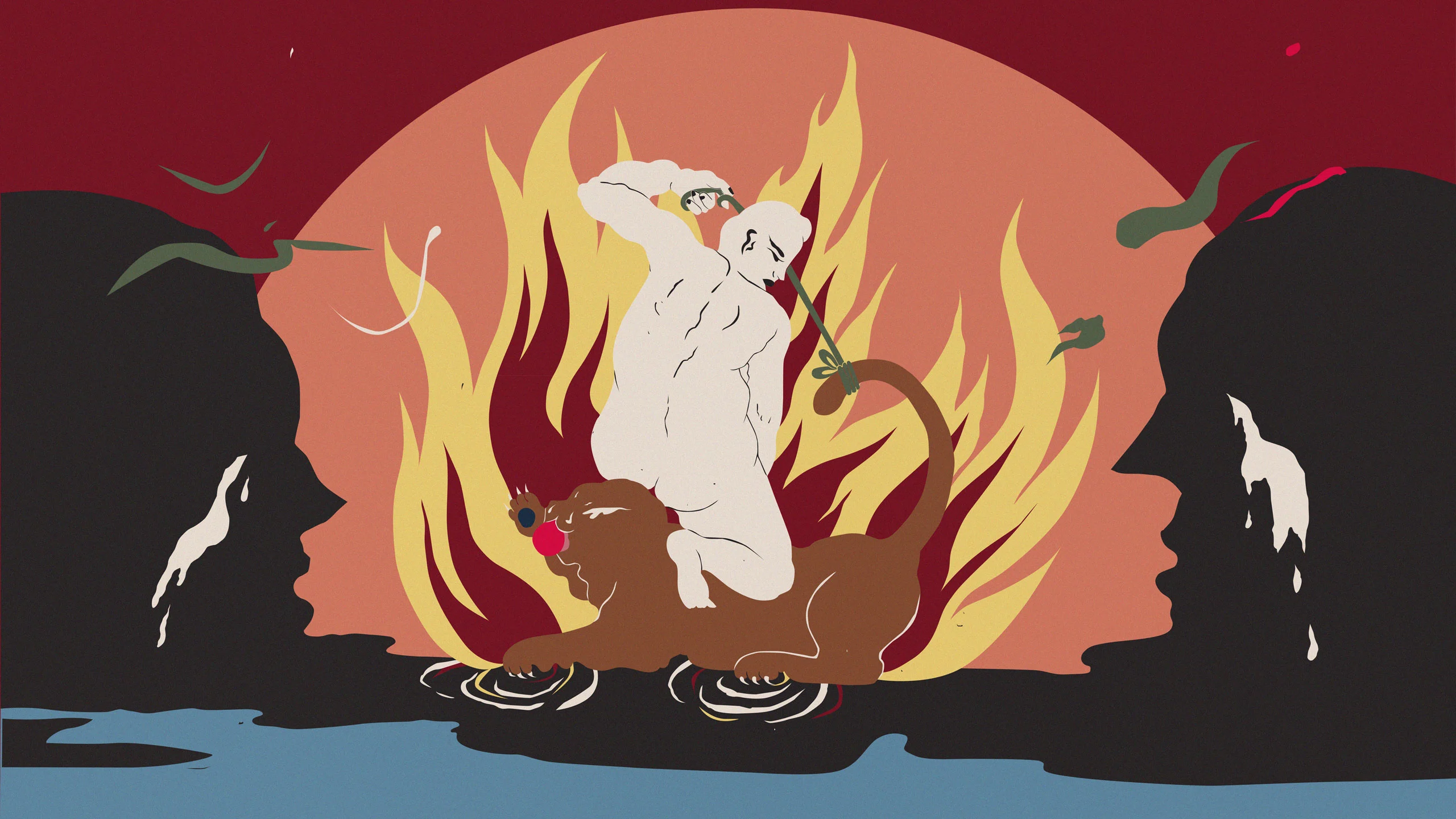
Reshma Gajjar on Spectacle
Reshma Gajjar is a dancer, actress and performance artist best-known as the person we first see dancing round her car at the opening of the Oscar-winning La La Land. She has toured the world dancing for Madonna and Ricky Martin and has appeared on-screen in American Beauty, 500 Days of Summer, Crazy Ex Girflriend and more.


Dance is a really beautiful tool for storytelling, because words can only get you so far. Words hit the head, but dance always hits the heart, leaving an impression that lingers. People really connect to stories told through dance, which has led to its growing popularity. It’s of the body... our most basic human instinct is to move. It doesn't matter your culture, language, educational background, or if you can read or write... dance is universal. A language of its own that always reaches you.
The opening scene of La La Land is the epitome of spectacle, and yet it was meant to feel pedestrian in style. We were balancing between existing in fantasy and remaining grounded in the real world. We are doing what appears to be natural movement, that any normal person would and could do. I think that's why people really connected with it. Being human in dance is harder than it appears. It's a challenge that I love, taking the dancer out of myself and simplifying. It's like, okay, this is not the moment where I kick my leg up to my head, or focus on my technique. Throw it all out the window and just be a human being with a feeling.
Words hit the head, but dance always hits the heart.
There's a difference between being in awe and being moved. To me, a technically perfect dancer with incredible facility is like a superhero. They're doing things that defy gravity and their body. I know what I’m seeing is a miracle. I leave fascinated and incredibly impressed, wanting to live vicariously through them. That type of performance leaves me in awe.
My favorite spectacles are those that move me to tears, to joy, to make a difference, to join in. The dancer doesn’t need to be an amazing technician. They just need to really connect and commit to what they're doing and be emotionally there. That's where I think the important storytelling exists in dance. So you can do the choreography, but where are you in it? Did you leave your audience feeling something? My favorite dancers and performances are those that embody the story they tell and evoke something inside me. To leave us in awe and moved… that is the ultimate spectacle.

